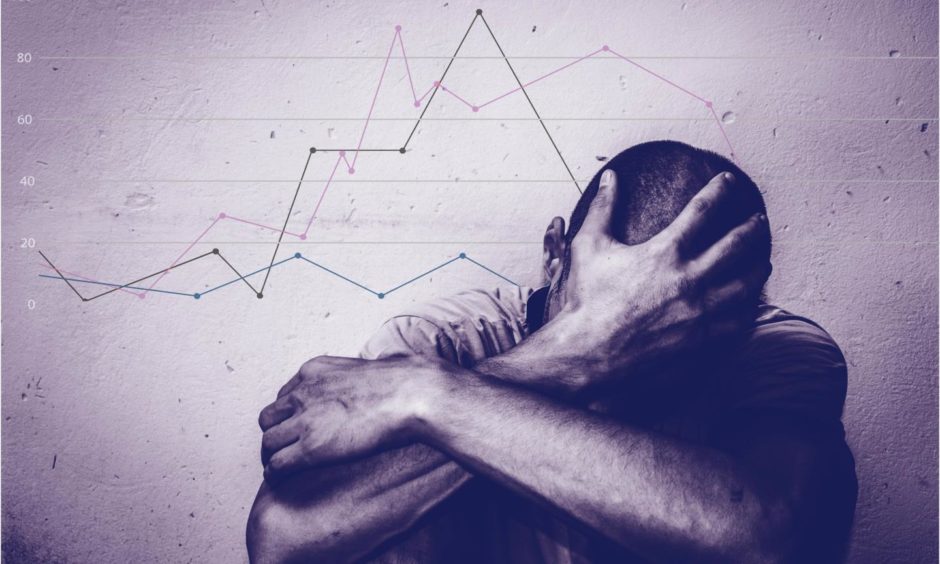NHS Highland’s director for public health has called for renewed focus on mental health to help reduce suicide rates in the region.
The health board is recording a consistently higher rate of deaths by suicide than the Scottish average.
Last year, figures released by Public Health Scotland showed a stark contrast between the Highlands and Grampian – with 18.9 deaths by suicide per 100,000 in the north, compared to 13.2 in the north-east, well above the 14.2 average for the country as a whole.
Statistics later released from the National Records of Scotland also showed that despite a fall in suicides during the pandemic, Highland recorded more than any other part of north of Scotland.
In his second annual report to NHS Highland, Tim Allison says a new public health approach is required to help tackle the growing crisis.
He says the board needs to “refocus attention” on improving patients mental health and well-being.
“The consequences of suicide are enormous for the community and for individuals and families affected by suicide across Highland, Argyll and Bute,” he notes.
“The research for this report has shown that the suicide rate in our board area is higher than the Scottish average.
“More work is required to understand why this is the case, and we must plan and develop our work to reduce the number of deaths from suicide within a broader mental health context that will inform local plans and strategies.”
Dr Allison said work must be carried out to understand and identify “risk factors” and what can be done to reduce suicide and improve support for those in crisis or affected by suicide.
Covid-19 exacerbated health inequalities in the north
The report addresses a number of issues relating to suicide, including mental health and background influences such as adversity in childhood and poverty.
Dr Allison also outlined what is being done to improve mental health and reduce suicide rates across the region.
He also acknowledges the impact Covid has had on peoples’ mental health, noting the pandemic has “exacerbated” health inequalities across the health board.
“The pandemic has affected people’s mental health and well-being in different ways and at different times over the last two years,” Dr Allison says.
“The health inequalities that existed prior to Covid-19 have been exacerbated and greater work is required at both local and national level to ensure we address these issues.
“I hope that the issues highlighted in this report helps to refocus our attention on the importance of improving the mental health and well-being of our communities and the need to develop a public health approach to suicide prevention.”
- Anyone contemplating suicide, or in need of someone to talk to can call The Samaritans on 116 123, Breathing Space on 0800 838587.
- MikeysLine, based in the north, also offers a text-based help service on 07786 207755.

